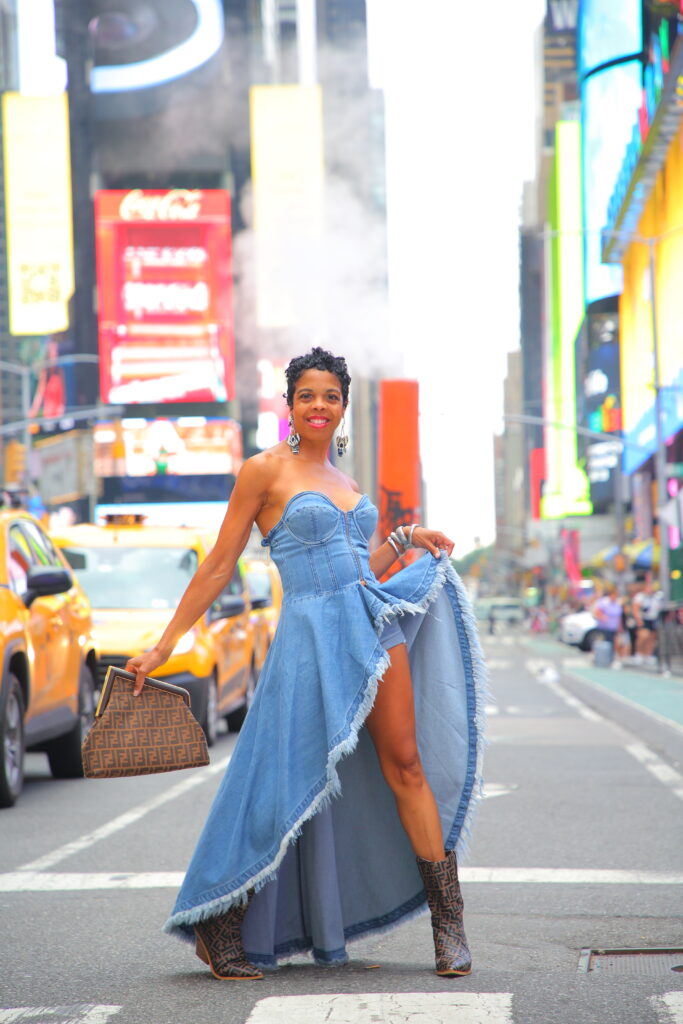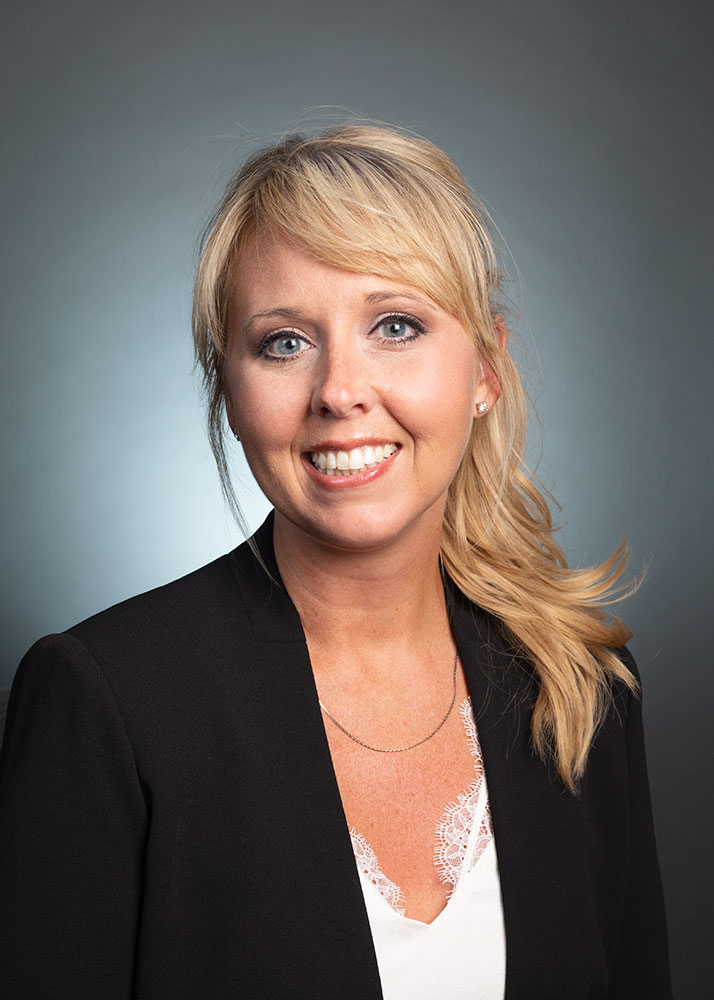Strikingly few women direct dance competitions and conventions. “I think you could probably count all of us on two hands, and that’s out of hundreds of competitions,” says Starbound National Talent Competition founder and director Sandra Coyte. But the women who do make their way to the top are also strikingly influential. We caught up with four of them to discuss why a gender gap exists at the leadership level of the industry, how they’ve pushed past the hurdles, and the value of having women at the helm of these powerful organizations.
 Sandra Coyte. Photo by Cou Cou Photography/Estelle Massry, Courtesy Coyte.
Sandra Coyte. Photo by Cou Cou Photography/Estelle Massry, Courtesy Coyte.

Glass Ceilings
 Sonia Pennington. Photo by Ta’Quan Allen, Courtesy Pennington.
Sonia Pennington. Photo by Ta’Quan Allen, Courtesy Pennington.
It’s an unfortunately classic conundrum: According to National Dance Showcase co-founder and CEO Sonia Pennington, one of the biggest challenges female competition and convention directors face is a lack of role models. Women aspiring to these leadership posts “have to ask themselves if they can step into a position they’ve never seen anyone like them do before,” Pennington says. “ ‘Am I equipped for it, and will I be supported in it?’ It’s intimidating to walk into a room and realize you are one of few.” She adds that, as an African American woman in a largely white field, “the circle becomes even smaller.”
That lack of representation is particularly frustrating given the overall makeup of competition and convention rooms. “The dancers who come are 95 percent female,” Coyte says. “Wouldn’t you want them to see a female owner to show them what they can become?”
As in much of the professional world, female leaders in the dance competition and convention scene also face gender biases, as Coyte learned when a venue worker told her he wanted to “speak to the person in charge.” Victoria Scherzer, owner of Platinum Performance Plus (P3), has had similar experiences. Though her team is mostly women, Scherzer says, people often try to talk to one of her male employees instead. (His typical response? “I’m not the person you need to talk to—she’s the director.”)
Headliners Dance Championships CEO Shari Tomasiello says she stands her ground when facing sexism like this. “You can’t allow someone to intimidate you,” she says. For Coyte, finding success in spite of these obstacles was made possible by an encouraging support system—and an unwavering belief in herself. “I have the confidence to know that I could be in a male-dominated room but still be the smartest person there,” she says.
 Shari Tomasiello. Photo by Taryn Donofrio, Courtesy Tomasiello.
Shari Tomasiello. Photo by Taryn Donofrio, Courtesy Tomasiello.
What Women Bring to the Table
According to Pennington, one of the most important things women leaders offer to competitions is their ability to be change agents due to their unique life experiences. Having grown up female in dance, they are sensitive to the specific harms young girls can face in these environments, including negative body image and sexualization through music selection and costuming. Pennington says her own experiences have been the impetus to establish safeguards to prevent problems like these, and course-correct when they do arise.
Into the Future
 Victoria Scherzer. Photo by City of Raymore, Courtesy Scherzer.
Victoria Scherzer. Photo by City of Raymore, Courtesy Scherzer.
The road to inclusion begins with education, and with building on-ramps for aspiring female leaders. Scherzer regularly offers former competition attendees jobs post-graduation that keep them connected to dance into adulthood. She says that many young female dancers don’t even know this kind of career is an option. “They look surprised, as if they didn’t realize they could work for a competition,” Scherzer says.
Coyte, Pennington, Scherzer, and Tomasiello have all created primarily female-led organizations, giving opportunities to those who might previously have been excluded. At P3, for example, 16 women hold leadership positions; at National Dance Showcase, the key leadership roles (CEO, director of logistics, and event manager) are held by women and more than 75 percent of judges are women.
“There’s a strong market and strong desire for people who look like me to be included in this industry,” Pennington says. “I hope my legacy is that doors have been opened for others to step through. We need to mentor, encourage, and partner with young women, then honestly push them forward in a significant way.”




GIPHY App Key not set. Please check settings